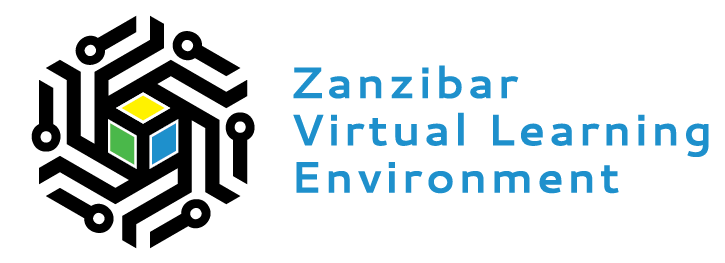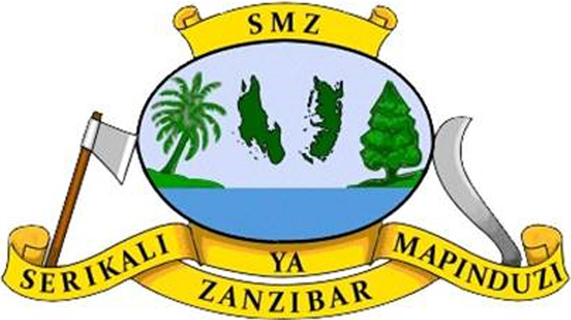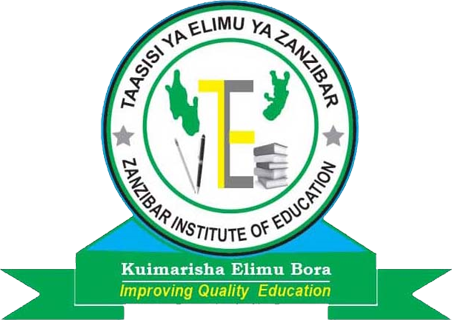Overview of fertilisation and early human development. From conception leading to a zygote to blastocyst, embryo and fetus.
Comparison of the processes of mitosis and meiosis. Mitosis produces two diploid (2n) somatic cells that are genetically identical to each other and the original parent cell, whereas meiosis produces four haploid (n) gametes that are genetically unique from each other and the original parent (germ) cell. Mitosis involves one cell division, whereas meiosis involves two cell divisions.
Meiosis is a process that creates sex cells (gametes) with half the number of chromosomes of the parent cell. Meiosis has two stages: meiosis I and meiosis II. In meiosis I, homologous chromosomes pair up and exchange genetic material (crossing over). In meiosis II, sister chromatids separate, creating four haploid cells.
How homologous chromosomes separate into two sets. Prophase I, metaphase I, anaphase I, and telophase I.
Meiosis is a process where germ cells divide to produce gametes, such as sperm and egg cells. In prophase I of meiosis, chromosomes condense and homologous recombination takes place, leading to genetic variation through chromosomal crossover. This forms a tetrad, which is made up of four chromatids (two sister chromatids per chromosome).
We can analyse the arrows in a food web to identify producers, primary consumers, secondary consumers, and decomposers.
We can analyse the arrows in a food web to identify producers, primary consumers, secondary consumers, and decomposers.
Food webs are models that demonstrate how matter and energy is transferred between producers, consumers, and decomposers as the three groups interact within an ecosystem. Transfers of matter into and out of the physical environment occur at every level. Decomposers recycle nutrients from dead plant or animal matter back to the soil in terrestrial environments or to the water in aquatic environments. The atoms that make up the organisms in an ecosystem are cycled repeatedly between the living and nonliving parts of the ecosystem.
Plant cells have a cell wall in addition to a cell membrane, whereas animal cells have only a cell membrane. Plants use cell walls to provide structure to the plant. Plant cells contain organelles called chloroplasts, while animal cells do not. Chloroplasts allow plants to make the food they need to live using photosynthesis.
All living things are made up of cells, which is the smallest unit that can be said to be alive. An organism may consist of one single cell (unicellular) or many different numbers and types of cells (multicellular).


